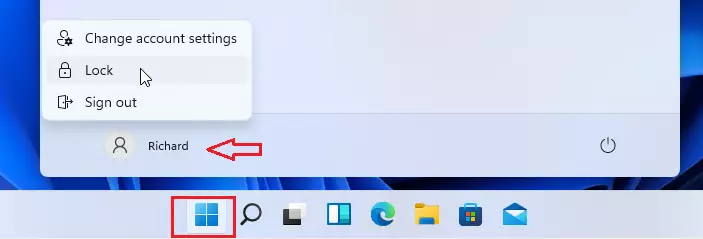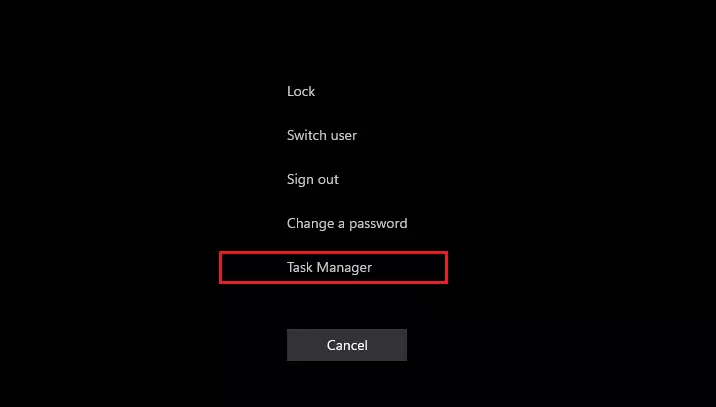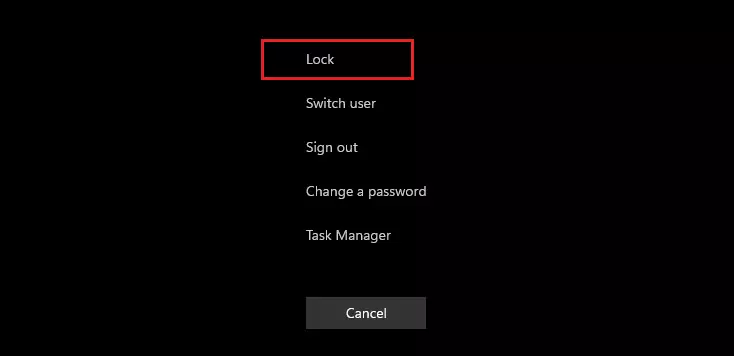This article explains how to quickly and easily lock their Windows 11 computers.
Similar to earlier versions of Windows, this version includes a lock feature that allows you to secure your computer without logging out of your account or ending your session.
When you return, you can pick up right where you left off, ensuring that your computer remains secure while you are away, preventing unauthorized access to your content and data.
It also guarantees that no one can tamper with your work or personal files while you are away.
Use Keyboard Shortcuts
The quickest way to lock your machine is to use the Windows + L keys shortcut. Will uses the keyboard to lock your sessions without losing your work.
The Windows key on your keyboard has the Microsoft logo on the left of your spacebar. Press the Windows key + L, and lock up your computer while logged in.
Lock from the Start menu.
Another way to lock a Windows 11 machine is via its Start menu. Click Start, then click on your account and select Lock, as shown in the image below:

Lock from Task Manager
If you want to get fancy, you can lock your computer using Windows Task Manager. To do that, follow the steps below:
Press Ctrl + Alt + Delete keys on your keyboard while you’re logged into your computer. Then select Task Manager as shown below:

Click More Details at the bottom left to show more tasks. Then, select your account and click the Disconnect button on the User tab.

Lock from Ctrl + Alt + Delete
Finally, you can lock your screen simply by pressing Ctrl + Alt + Delete keys to bring up that window, then select Lock as shown in the image below:

There might be many other ways to lock Windows 11, but the steps above should get you started. If you discover other ways to lock Windows, please share your tips in the comments below.
Conclusion:
Locking your Windows 11 computer is an essential practice for ensuring your privacy and data security. Here are the key takeaways:
- Protects Your Data: Locking your computer prevents unauthorized access to your files and personal information.
- Prevents Tampering: Keeps your work and personal documents safe from unintended modifications while you’re away.
- Good Security Habit: Regularly locking your device fosters a habit that reduces the risk of misuse, especially in public settings.
- Multiple Locking Methods: Windows 11 offers various ways to lock your computer, including keyboard shortcuts and menu options, making it accessible for all users.
- Encourage Sharing: If you find additional methods to lock your Windows 11 computer, sharing these tips can help others enhance their security practices.
Make it a routine to lock your computer whenever you step away to maintain a secure working environment!

Leave a Reply Cancel reply